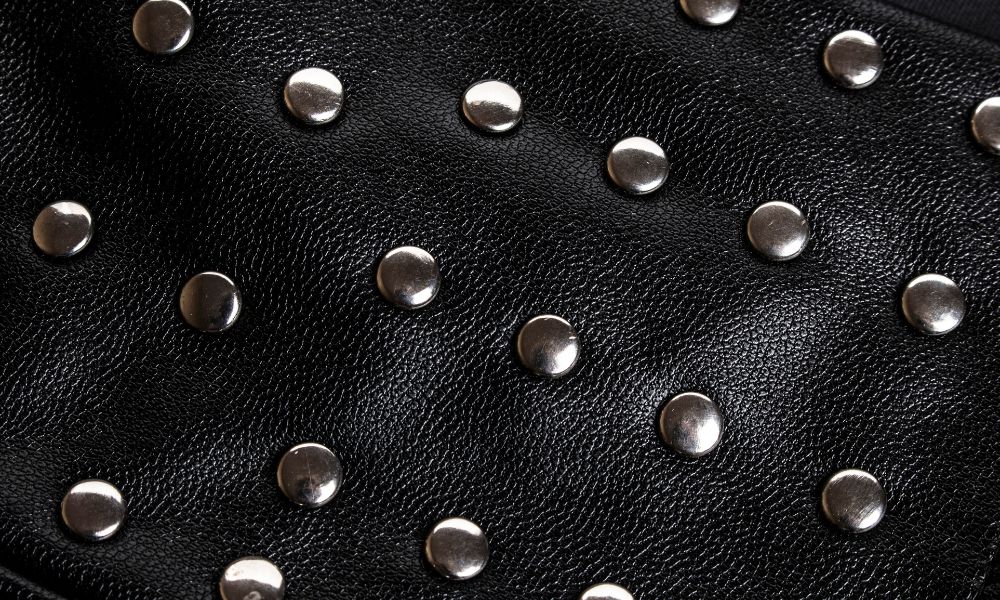
When crafting your own leather garments and accessories, you’ll often find yourself needing leatherworking hardware such as buckles, rivets, and more to really bring your project together. But the number of different bits and pieces available to you can become quickly overwhelming, especially if you’re not sure what something is used for. Here are a few different types of leather hardware to consider for your next project.
Leather Buckles
Of the different types of leather hardware, buckles are probably the most familiar because of how common they are, especially for belts. Buckles are a simple and elegant way to keep belts together. The little metal tongue in the middle of the frame simply goes through a hole in the leather strap and can be adjusted as the wearer likes.
Buckles can be distinguished based on their finish (nickel, brass, antique brass, antique nickel or black); the center bar (present or not present); and the roller (present or not present). Other than that, you only need to choose a size that corresponds to the width of the strap it will go on!
Leather Rivets and Setters
Rivets are two-piece mechanical fasteners that join two pieces of material together. With double cap rivets, one side of the rivet has a rounded shaft and a domed head, while the other side, called the “tail,” has a matching rounded shaft that fits into the head. Another type of common rivet are copper rivets and burrs, where a burr is fitted tightly onto a post, often for saddlery and tack. Securing both ends of the rivet during the crafting process can be difficult, but special tools called setters were created to make the process far less frustrating. Rivets are used in making belts, bags, saddlery items, garments and more.
Leather Snap Setter/Remover
Snaps are like more complex rivets, featuring four separate pieces from the rivet’s two. This added complexity makes snaps capable of being easily fastened and unfastened, unlike rivets. Snaps are generally more ideal for daily use to secure leather coats or bags.
Like rivets, snaps have a special setter tool the same way rivets do, to make setting the snaps easier. This setter also requires you to have a hammer or mallet to set the snaps in place, and sometimes an anvil for domed snaps.
Rings and Dees
Another very popular set of leathercraft hardware items are rings and dees. Like many other types of hardware, rings and dees provide equal parts functionality and aesthetics. You can secure straps with a dee on a dog collar, join straps on a bag to a focal point with a ring, or add stability to a homemade garment.
The more important thing to consider when picking out rings and dees is what size and look you are after, as the function will be essentially the same otherwise. Remember, all sizes on our website reflect interior dimension, not exterior!
Grommets and Eyelets
Grommets and eyelets are another common type of leather hardware that are essential for projects that use lace or drawstrings. They help protect and preserve the leather from long term wear and tear. Bags, garments and shoes are all common items that use grommets and/or eyelets. Grommets are two piece configurations, while eyelets are one piece. Both require setters, and are common tools in a leather workshop.
Foot Press Machine Setter
If the specialized hand tools for setting snaps and rivets are still too frustrating or inefficient, you can use a mechanical setter. A foot press machine setter can set rivets, snaps, eyelets, and grommets, allowing you to invest in a single tool rather than having to keep track of multiple tools. Mechanizing the process makes crafting much easier and more convenient and is worth consideration, especially if you are making your craft a part or full time job.

